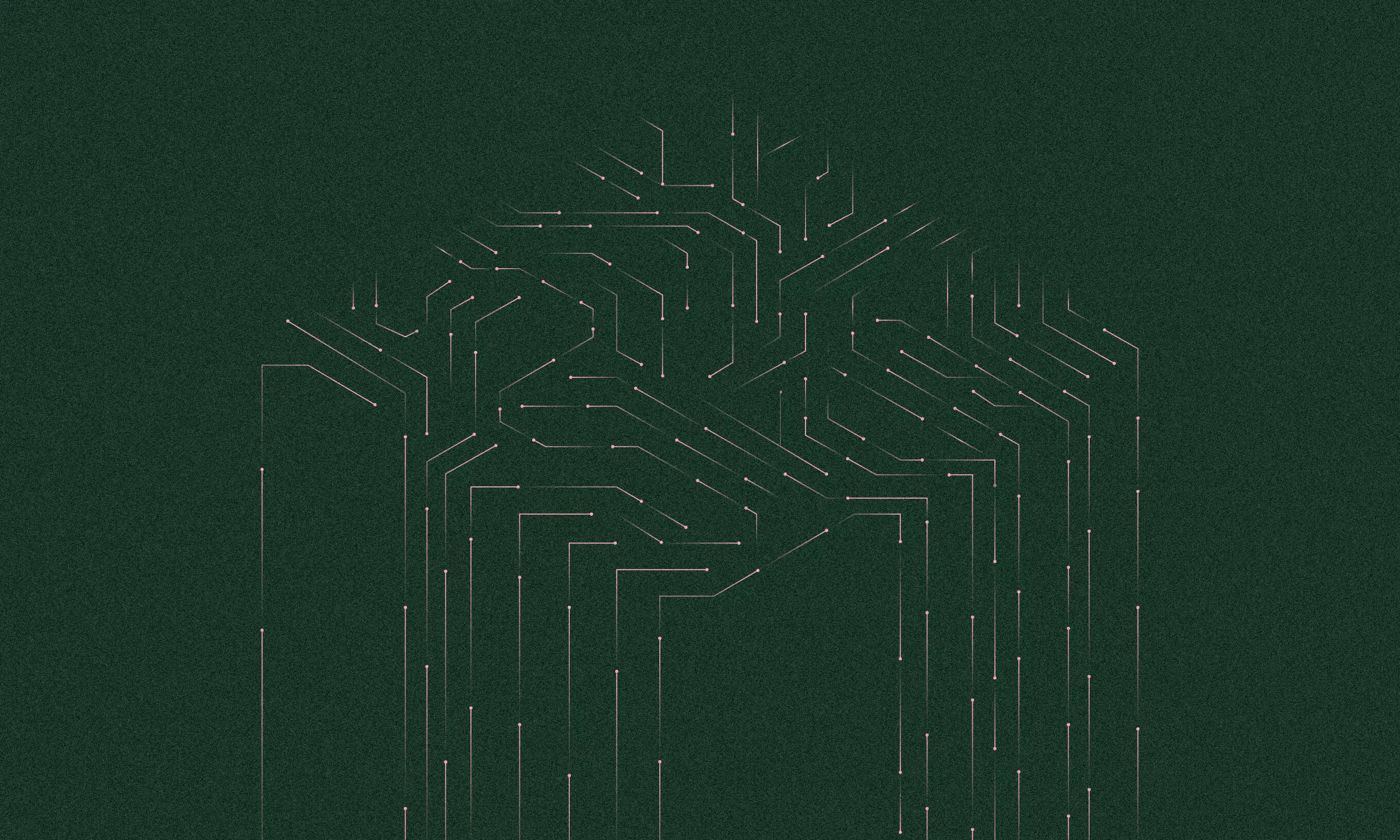IoT expert and head of CCoE at Signify, Samir Barucija, shares insights on the most common risks in IoT and provides expert guidance for business leaders venturing into the field.
The Internet of Things (IoT) has rapidly transformed the technological landscape, captivating the imagination of industry leaders and innovators. With approximately 15.14 billion connected devices in the world, IoT holds immense potential. Yet, with great promise comes great responsibility. In its ubiquity, IoT has given rise to various challenges and risks that businesses must navigate.
To shed light on these challenges and offer expert guidance to business leaders venturing into the field, we sat down with Samir Barucija, the head of CCoE at Signify. Samir brings a wealth of knowledge and expertise in IoT, cloud platforms, and cloud solution architectures. Sharing valuable insights on the biggest risks associated with IoT, he explains how businesses can minimize them.
The IoT evolution comes with many challenges
The Internet of Things isn’t a novel concept – we’ve been connecting and interlinking devices to share data and enable communication for years. However, in a more recent perspective, significant progress has been made in the way devices communicate (protocols) and how they are named and categorized. Industry-wide standards are being adopted to make IoT devices work together more smoothly, benefiting businesses, consumers, and developers.
Standardized communication protocols have enabled devices from various manufacturers to communicate seamlessly, while standardized naming made device identification easier. Both ultimately accelerate development and reduce costs for end users. This standardization has paved the way for widespread IoT adoption.
A challenge arises when the data generated by interconnected devices remains underutilized due to gaps in product design or data processing algorithms.
The sheer volume of data transmitted to the cloud can also result in substantial costs, especially if not effectively managed.
In response to this challenge, businesses are increasingly shifting from traditional cloud computing to edge computing. Edge computing entails processing data closer to the source, reducing data transmission, cutting down on network traffic, and lowering bandwidth costs. This shift not only addresses cost concerns but also enhances the efficiency of IoT systems.
However, one of the most pressing concerns that stands out in the IoT landscape is security. As IoT devices collect and transmit Personally Identifiable (PI) data, it makes them vulnerable to unauthorized access, breaches, and malicious attacks.
Additionally, the architectural design of IoT systems can pose a significant challenge. Overly complex architectures can lead to complications and inflated implementation costs. Samir emphasized the common misstep of over-reliance on a single technology, something he’s observed frequently. To overcome these architectural challenges, IoT systems should be designed with simplicity and flexibility in mind, allowing for the modification of individual components to accommodate changes over time.
Balancing innovation and ethics in IoT
No conversation about IoT would be complete without a discussion about artificial intelligence. As AI development advances, it naturally gives rise to some important ethical questions.
Samir brought a pop culture perspective into the mix, drawing attention to movies like Terminator and Eagle Eye. While these films may exaggerate our collective anxiety about AI by portraying scenarios where AI-powered machines rebel against their human creators and delve into the far-reaching consequences of AI surveillance, they serve as a powerful reminder of the delicate balance between innovation and ethical responsibility in shaping our future.
Samir also pointed out that these ethical dilemmas are not confined to the realm of science fiction but are becoming increasingly relevant in real-world scenarios. For instance, the ethical considerations associated with autonomous vehicles are a topic of active discussion. Key among these concerns is the decision-making process of AI systems in situations where they must choose between protecting vehicle occupants and pedestrians in case of an accident.
Don’t miss the digital transformation train
Across industries, businesses are turning to IoT solutions with the goals of automating processes, streamlining operations, and achieving cost savings through improved efficiency.
However, Samir stressed the importance of data-driven product development.
“It’s not enough to install sensors. Successful digital transformation with IoT requires the ability to extract, analyze, and effectively utilize the data generated by these sensors.”
Moreover, Samir highlighted that IoT adoption often meets resistance from businesses due to an attachment to outdated processes. The adoption of IoT often requires restructuring existing processes to accommodate real-time data and automation.
Simultaneously, some may be discouraged by perceiving IoT adoption as a substantial financial investment.
“It’s essential to realize that postponing digital transformation can lead to missed opportunities and significantly increased costs in the future, potentially putting the company at a competitive disadvantage,” Samir explains.
Lastly, when embarking on IoT product development, finding a reliable partner is crucial.
“In 2017, I found one in Infinum, a technology partner with expertise in cloud technologies, application development, and firmware – essential for IoT products. But it’s not just technical expertise that’s important.
The collaborative relationship with Infinum goes beyond a simple client-supplier dynamic, where both sides contribute to decision-making and risk-taking. Your partner needs to be able to say no to bad ideas and take responsibility for their work. Furthermore, security is paramount, and Infinum’s willingness to implement necessary changes, such as ISO certification and security measures, demonstrates their unwavering commitment to the integrity and reliability of our projects,” Samir concludes.










